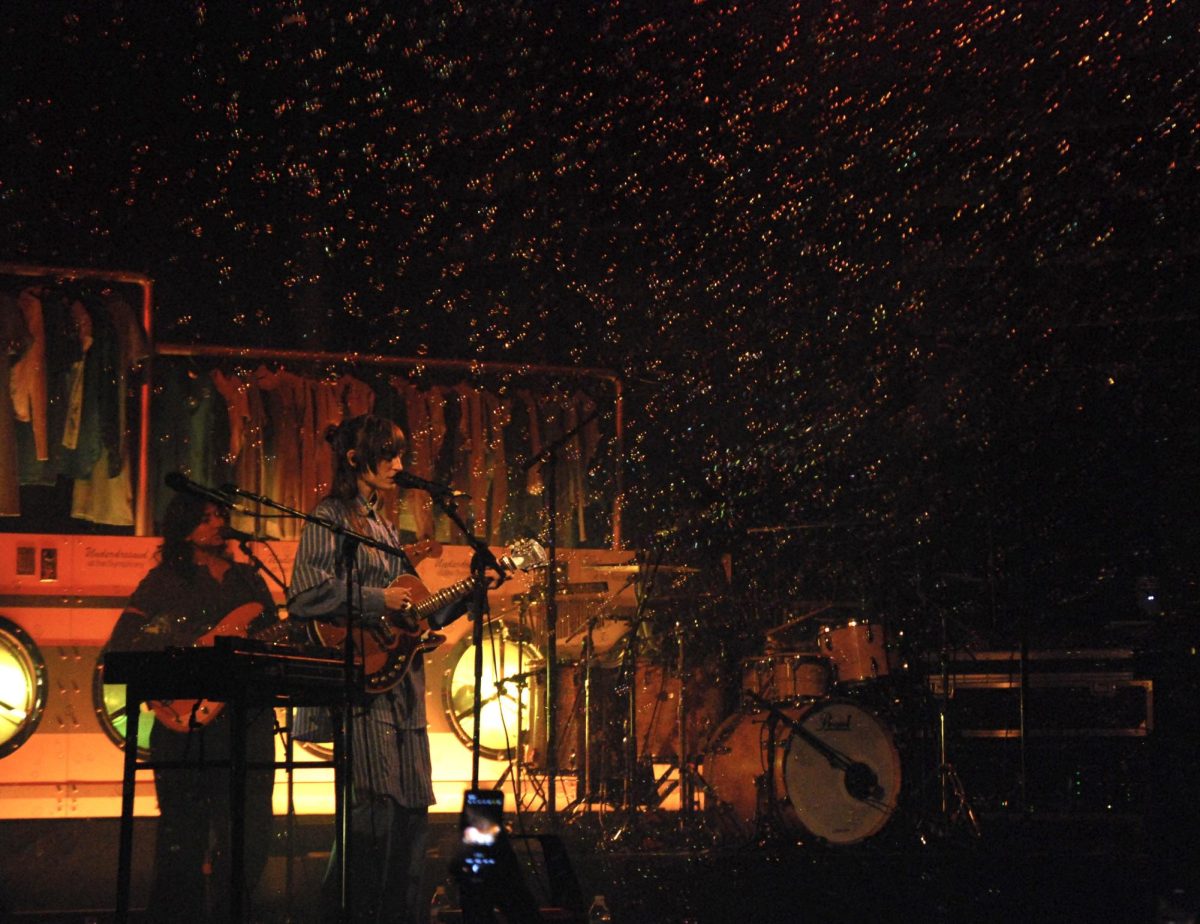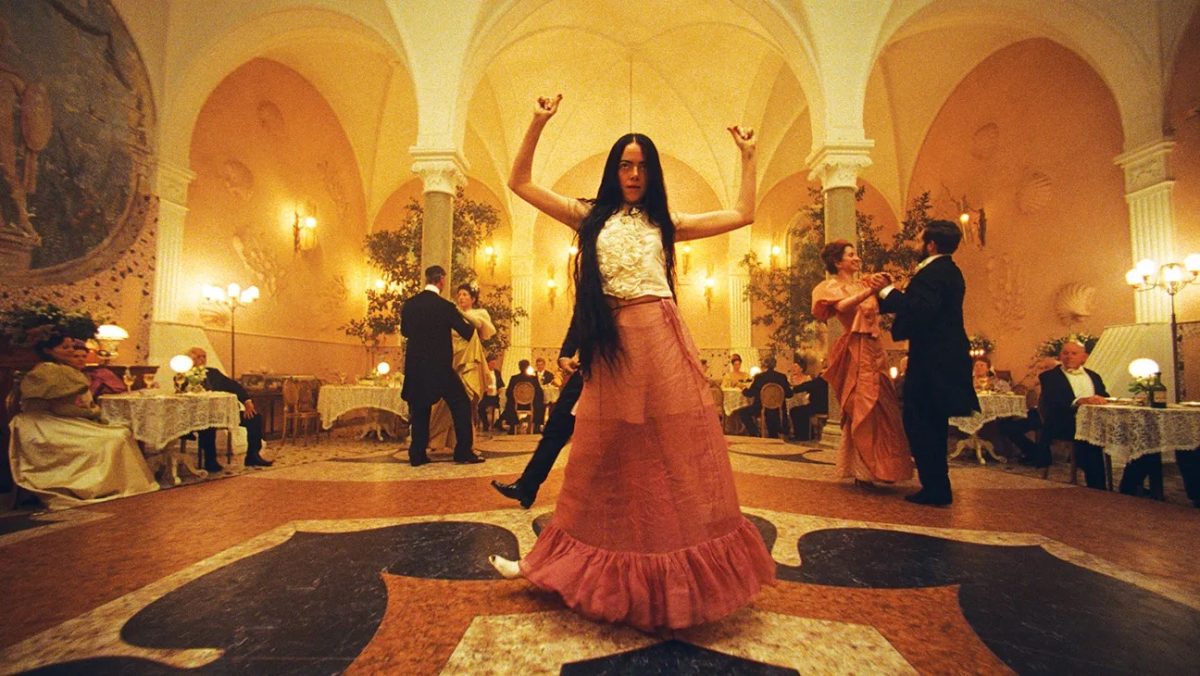In his classic poem, the “”Aeneid,”” Vergil describes the coast of Libya, where Aeneas lands his beleaguered crew for a breathtaking view filled with lush forests, towering cliffs and sparkling water.
“”There are high cliffs on this side and on that, and twin peaks towering heavenward …. Over these, against a forest backdrop shimmering, a dark and shaggy grove casts a deep shade, while in the cliffside opposite … there is a cave with fresh water ….””
This must be the scene that people see when they visit the tropical island of Fuga, located at the northernmost tip of the Philippines. Tropical forests, coral reefs, wondrous cliffs overlooking the deep, blue sea. That is, he or she would see these things if visitors were allowed onto the island.
You see, beneath this beautiful surface of a virtual paradise island lie dark, macabre secrets: the plight of the indigenous people, subjected to the abuse of the corporation that “”owns”” the island, the natives’ suffering from diseases with no aid from the Philippine government, and a 50 percent infant mortality rate. As the promotional poster so adequately decries, “”Fuga Island – A Paradise for Whom?””
The documentary, called “”The Silent Natives of Fuga,”” put together by artist, photographer and filmmaker Karie Garnier, critically examines the beauty of the island and the harsh realities beneath it. Garnier, one of the few outsiders to have visited the little-known island and whose wife, Violeta, is from Fuga, fell in love with the beauty of the island and with the 2,000 persecuted people. “”The Silent Natives of Fuga”” “”is a call to awareness, both of the plight of these people and the nature of globalism in Third World countries,”” as Executive Producer Svend-Erik Eriksen stated.
The film itself is composed of 675 still photos and is narrated by Garnier. The narration and photos follow the sequence of events that Garnier and his wife go through as they return to the island to visit Violeta’s family.
The pictures remove the complexity of a rolling film and unobtrusively lay out the truth. If there is ever a time when a picture is worth a thousand words, it is when a person watches this documentary.
As Garnier’s pictures capture the intense beauty of the island, he likewise encapsulates the poverty and crises that the people endure. For every photo of the perfect, sandy beach, there is a picture of a malnutritioned child, whose stomach is bloated with parasites. For every picture of a glowing sunset, there is a picture of an old woman suffering from rickets. For every still photo of a beautiful flower, there is a picture of the grave of one of the 12 to 14 babies who die each year in this tiny community of 400 families.
The documentary was shown free to the public on Monday, May 21 at UCSD. However, Garnier plans to take his documentary to other campuses and to national organizations in the United States and Canada to garner permanent support to assist the natives of Fuga. He hopes to eventually show this documentary in the Philippines and to affect President Gloria Arroyo enough to fulfill “”her dream to visit Fuga island”” and to address the needs of its impoverished people.
The spread of globalization has threatened the livelihood of the people. The “”owner”” of the island, Chinese billionaire Tan Yu, is planning to build “”the model city of the 21st century,”” complete with 17 golf courses, an airport, 12,000 hotel rooms and “”the biggest gambling casino on earth.””
However, in this conglomeration of corporate greed, the 2,000 poor natives have been forgotten and ignored, often threatened into silence. The natives, suffering from malnutrition, disease and humility, are forced by the guards, many of whom look more like Viet Cong peasant soldiers than guards, to live in utter despair. As one native put it, “”Over the decades, the guards forced us to live this way.”” Many who try to leave by boat are beaten, while those who do make it to the main islands of the Philippines are shunned because of their illiteracy.
Garnier seeks to expose harsh reality and to bring attention to the troubles in Fuga. With his documentary “”The Silent Natives of Fuga,”” Garnier hopes to spread the issue to all corners of America and to garner what he calls “”positive support.””
Go to http://www.sfu.ca/fuga for more information and history. Despite the support Garnier and the natives will obtain, they still face an uphill battle. It is indeed what Garnier considers a “”fight between Goliath and David.””







